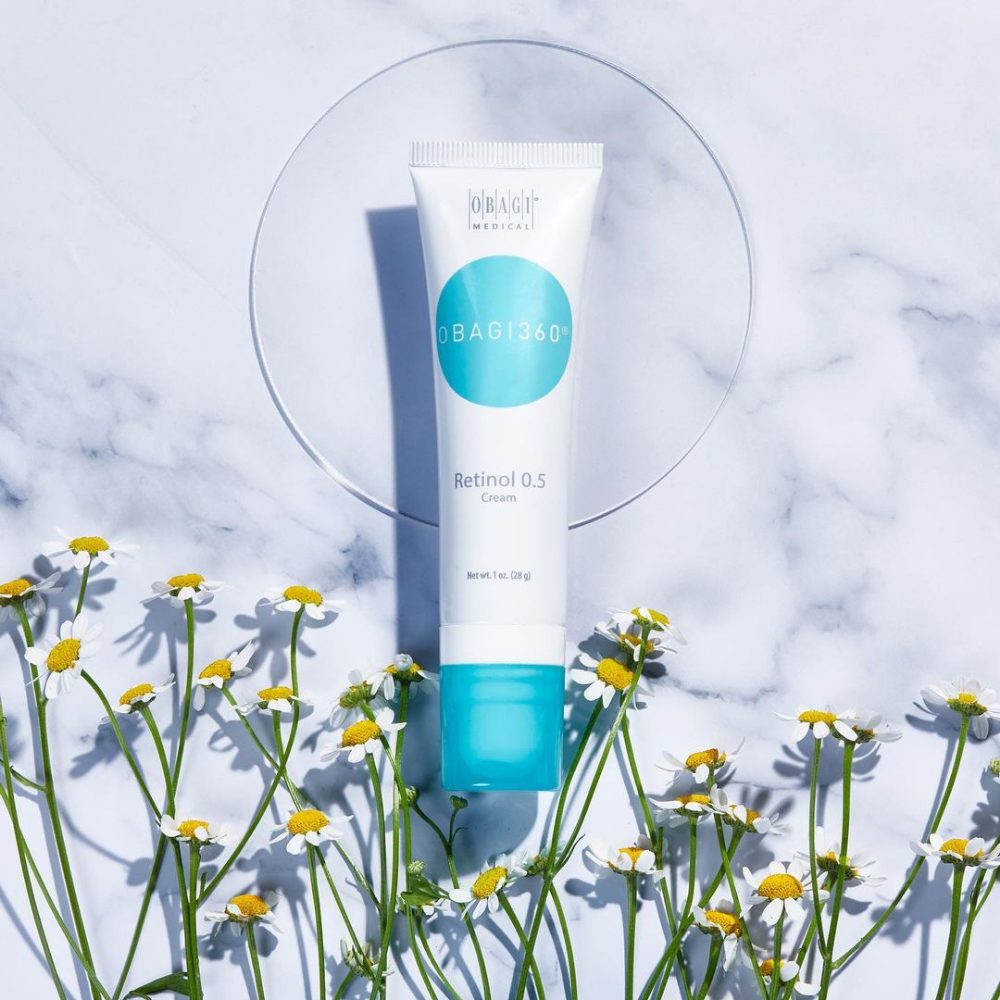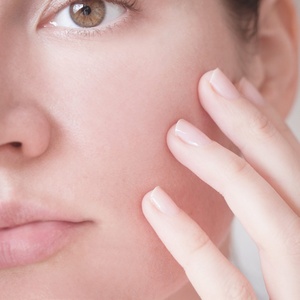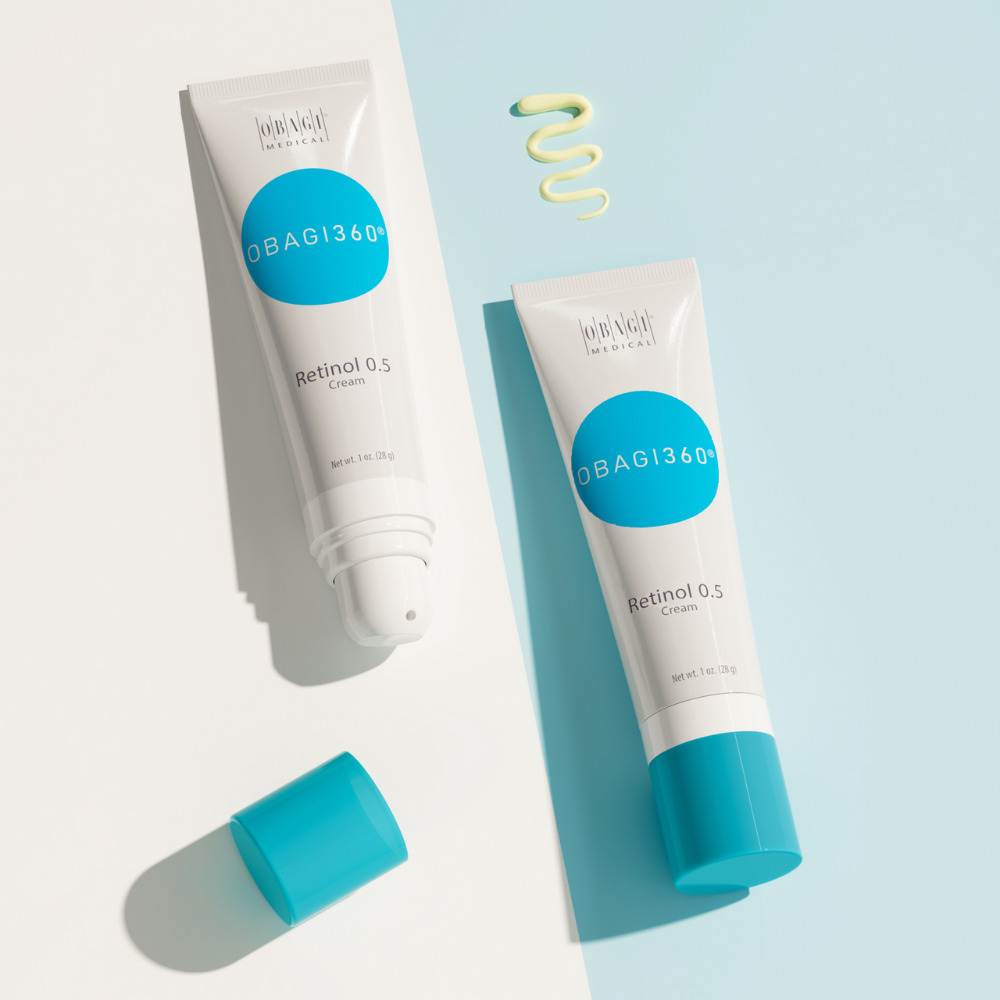
How we choose to look and feel in our skin is personal to us all. And the same goes for the skincare and beauty products we each choose to use. But one thing we can all agree on is, when it comes to our skin, we want to look healthy, youthful and radiant.
As we age, our skincare priorities shift and we begin to focus on preventing and improving the appearance of fine lines, wrinkles and dullness. Retinol is seen as a holy grail ingredient of the beauty world when it comes to tackling ageing skin due to its tried and tested ability to rejuvenate the skin.
But are there any products on the market that are even more effective than retinol? Introducing… Tretinoin! Retinol’s stronger and more potent big sister. Unlike retinol, you can’t buy tretinoin over the counter.
If you’re serious about transforming your skin, you may be considering visiting your local aesthetician for a tretinoin treatment plan. In this article, we’ll answer some of the big tretinoin questions. What actually is tretinoin? How do you use it? Does it have the same properties and effectiveness for ageing skin as retinol? Can you use both at the same time? Let’s find out.
What Is Tretinoin?
Tretinoin is a topical Vitamin A treatment only available as a prescription product because it’s a very strong and highly irritable ingredient. It is incredibly effective at treating acne, hyperpigmentation and other visible signs of sun damage as well as ageing skin, helping to improve the skin’s overall appearance, leaving it clear, smooth and pigmentation free.
Tretinoin works by penetrating deep into the skin and encouraging rapid epidermal turnover, meaning the skin sheds its dead and damaged cells to reveal a healthy, fresh and glowing complexion.
The Best Way To Use Tretinoin
Possible side effects of tretinoin treatment include skin dryness, burning, redness, excessive flaking or peeling. You should speak to your healthcare provider if these issues do occur and they will advise you on the best course of action for your specific skin and goals.
There are ways you can reduce the possibility of skin irritation. For example, speak to your healthcare provider about gradually introducing tretinoin into your skincare routine so as to build up your tolerance to it. It’s also important that you avoid applying it around the eyes, nose and mouth as these are sensitive areas at greater risk of irritation.
Water increases tretinoin’s potency. So, when it comes to your skincare routine and cleansing your face, we’d recommend leaving at least twenty minutes before applying your tretinoin cream, to ensure your skin is completely dry.
Some dryness and flaking is to be expected with tretinoin treatment – it’s actually a good thing! Flaking skin is evidence that the skin is rejuvenating, getting rid of all the damaged cells and revealing healthy, glowing skin beneath. But, if you’re worried about your skin’s reaction, always consult your healthcare professional.
What Is Retinol?
Retinol is famous for its anti-ageing and rejuvenating properties. It is hailed in the skincare world for leaving skin looking smooth and radiant.
It is natural to start showing signs of ageing as your body’s skin cell turnover process slows down. This is where retinol steps in as it works to boost this process, helping your skin to stay smooth, healthy, and radiant.
Retinol not only helps with preventing and reversing signs of ageing but also improves overall skin texture and tone, leaving your skin clear and refreshed.
Can You Mix Tretinoin And Retinol?
Tretinoin and retinol are both topical skincare products that help to rejuvenate the skin, improving the appearance of ageing skin, sun damage, skin texture etc. However, they are not the same ingredient.
Retinol is a natural form of vitamin A, with a milder formulation compared to tretinoin. Retinol is available over the counter, so it’s easy to get your hands on without needing a prescription. While tretinoin will achieve quick and impressive results in the skin, it requires a lot of commitment and so may not be for everyone.
Essentially, retinol and tretinoin do the same job just at very different levels. The average person and their skin does not need a high strength tretinoin to help with their skin issues.
The Best Way To Use Retinol
Retinol, even though not as potent as tretinoin, should still be used with caution. You should use retinol at night for two reasons:
1. The sun’s UV rays can break down retinol, making it less effective.
2. Retinol’s exfoliation can make your skin sensitive, making you more susceptible to sun damage from UV rays. Applying at night gives the retinol time to get to work away from the sun’s rays, but it’s important that you apply an SPF every morning.
We’d recommend the OBAGI360® Retinol. It effectively reduces the appearance of fine lines and wrinkles, helping to boost cell turnover leaving your skin with a youthful and healthy looking glow.
The OBAGI360® Retinol is a gentle cream that has been formulated to release retinol gradually, achieving incredible results with less irritation. The formula contains Shea Butter and Chamomile Extract to soothe and hydrate the skin while it works to rejuvenate the skin cells, minimising the risk of redness and flaking you’d get with other retinol creams.



